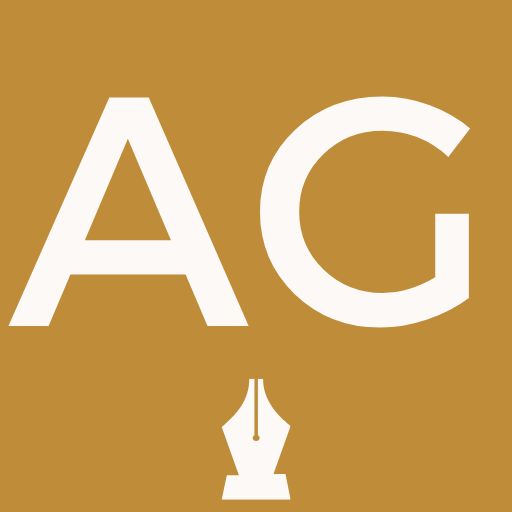For obvious reasons, I won’t be referencing The Hand of Adonai and the Book of Things to Come for this post.
The final installment of our look at the three act structure will be a bit shorter. Why? Because Act III is generally the shortest.
If you recall, Act I introduced the dramatic question; a question framed in context of what the protagonist must do to “win.” For example, “Will Bob get the girl?” or “Will Sally escape the stalker?” or “Will Hank discover the true murderer in time?” or “Will Tamara save the world?”
Act III answers this question, and does so in dramatic fashion. The climax of the film (or in our case, the novel) occurs in Act III. The climax must be dramatic, must be bring the tension and suspense to the highest point in the film. Here is the dramatic stand-off with the ultimate evil. Here, Bob delivers the heart-felt speech moments before his true love says “I do,” to the wrong man. Here, the stalker corners Sally in a dark, abandoned corner and extracts a knife. Here, Hank races across town to confront the killer before he can strike again. Here, Tamara faces the ultimate evil with only her wits to overcome an ancient demon.
Tensions run to their highest point. The audience (or reader) is on the edge of their seat.
The third act also resolves the tension. After the epic battle (or epic speech, depending on the genre of the film or novel), the resolution wraps up whatever loose ends were left.
A few things to remember about Act III.
Don’t shortchange your reader. Take your time with the climax. Don’t rush through it.
Don’t cheat your reader. Avoid deus ex machina. Whatever solution your characters arrive at, make sure they’ve earned it. Don’t allow something (or someone else) to resolve the tension.
Keep these in mind as you craft the perfect ending to your masterpiece.
Until then, good writing.
You can purchase The Hand of Adonai and the Book of Things to Come by clicking on the title.
